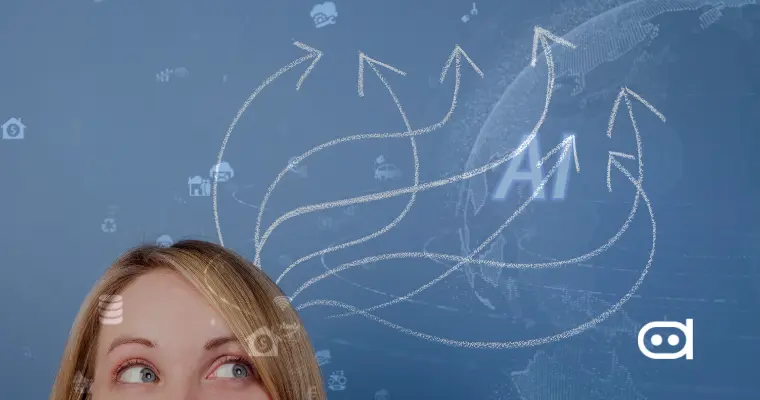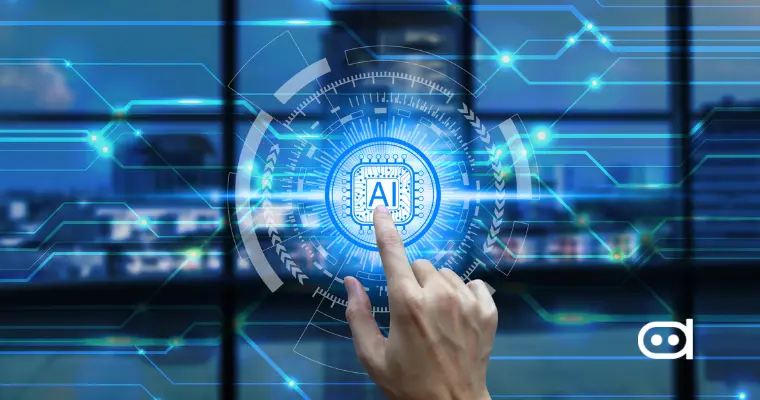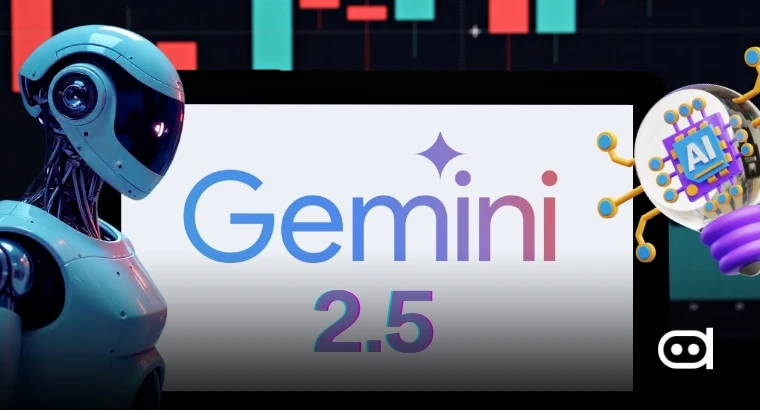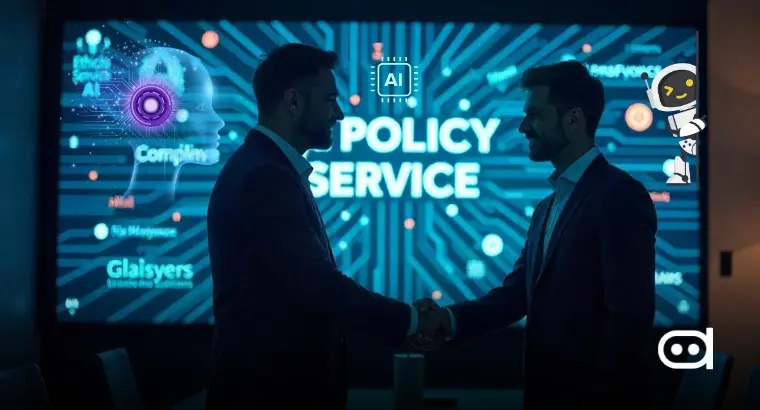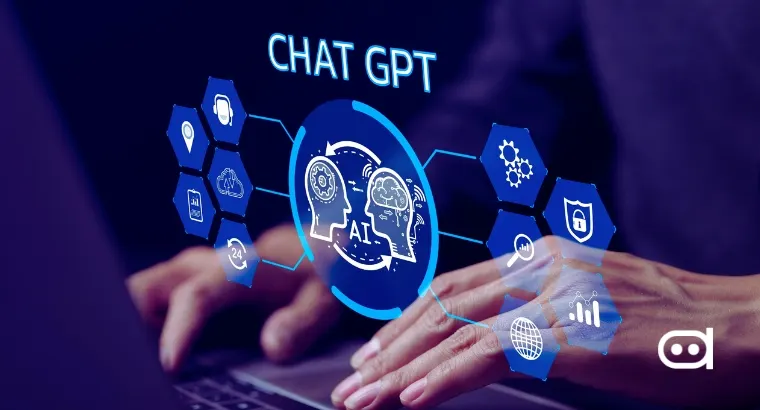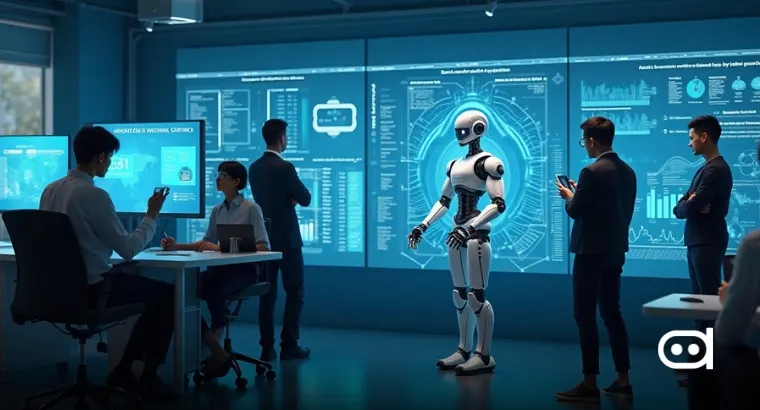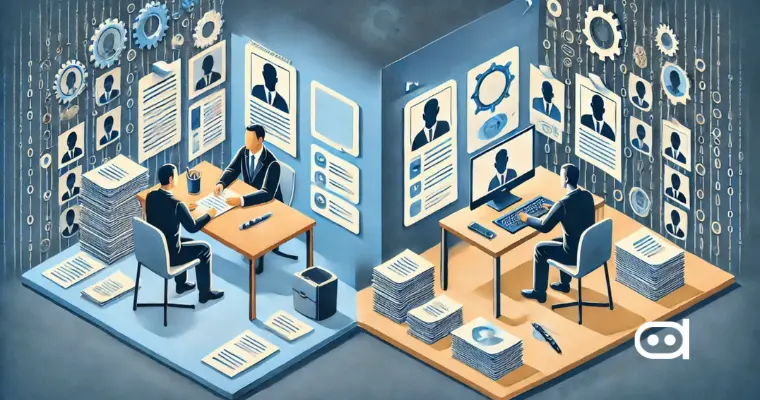
The world of recruitment is on the verge of a massive transformation, with Artificial Intelligence expected to play a significant role. As newer technology continues to automate hiring and improve decision-making, organizations are in a quandary about whether to adopt AI recruitment tools or use conventional approaches. This comparative analysis of AI recruitment tools vs. traditional hiring explores the characteristics, advantages, and disadvantages of every approach to understand better the significance of both in contemporary recruitment.
Understanding AI Recruitment Tools
What are AI Recruitment Tools?
In order to stay competitive, modern recruiting and hiring management equipment relies on artificial intelligence. AI recruitment tools are next-generation solutions that help to streamline the hiring process. This would entail automating repetitive processes, shortening turnaround times, and reducing human error using machine learning, predictive analytics, and natural language processing (NLP). From talent acquisition to onboarding, AI tools completely redefine the way companies develop and recruit talent.
Key Features of AI Recruitment Tools
- Automation: This helps organizations save time and resources significantly by automating various repetitive tasks, such as resume screening, interviewing, and candidate communication.
- Data-driven decision making: AI excels at extracting information from large amounts of data, allowing it to help weigh candidates’ abilities and accurately choose candidates.
- Bias reduction: Advanced algorithms aim to identify and reduce spontaneous implicit bias, thereby promoting diversity and inclusion in the workplace.
- Predictive analytics: Artificial intelligence tools could be of great help in forecasting future hiring needs and measuring the success ratios of the candidates.
- Natural Language Processing: NLP-enabled tools compare job descriptions and resumes to improve quality matching. Automated resume screening, interview scheduling, and applicant communication save time and resources.
Applications of AI in Recruitment
AI-powered tools are now extremely adaptable and usable at all stages of the talent acquisition lifecycle. AI applications in recruitment include the following:
- Talent Sourcing: AI tools source candidates from all possible sources, such as online platforms, professional networks, and databases. Predictive algorithms compare a job’s requirements with candidates’ skills, making the process less time-consuming.
- Candidate Screening: Advanced AI can analyze resumes, portfolios, and applications to create a shortlist of candidates whose qualifications, skills, and experience match their profiles. This process also rules out possible bias from the manual review, allowing only the most relevant individuals to move into the next phase.
- Interviewing: AI interviewers conduct preliminary interviews with candidates using both chat and video analysis tools. These interviewers assess the communication and technical skills under predetermined, limited supervision. They give structured insights to the recruiter for data-based decision-making.
- Job Matching: AI-driven analytics decides how successfully recruitment tools match individuals to positions that fit their profiles and dreams. This kind of job satisfaction is associated with reduced turnover rates.
- Onboarding: AI makes onboarding easy by automating all documentation, training schedules, and compliance checks. Even virtual assistants can guide new hires through the processes, enhancing their experience while freeing HR teams for strategic activities.
Overview of Traditional Hiring Methods
What is Traditional Hiring?
Conventional hiring procedures involve manual work managed by human resource professionals. It requires personal human intervention, from posting the job to the final selection. The steps typically include:
- Create and post job advertisements.
- Manually screen resumes.
- Conduct phone or in-person interviews.
- Check references and make offers.
- Onboard through personalized interactions.
Challenges in Traditional Hiring
While traditional hiring has been the norm for decades, it comes with inherent challenges:
- Time-Consuming: The traditional hiring process, which involves numerous manual procedures such as reviewing resumes, scheduling interviews, and performing background checks, consumes a significant amount of time. These processes roll out into weeks or months, especially when there are a large number of applications. As a result, the organization may experience delays in projects or struggle to fill essential roles.
- Costly: Traditional hiring is quite expensive since it relies on humans. The costs of posting jobs, paying recruiters’ wages, and managing lengthy hiring cycles add up. Instead, inefficiency tends to increase turnover rates, which in turn leads to increased expenditure.
- Inconsistent Candidate Experience: In this method, the quality of interaction is determined by the recruiter. This can lead to discrepancies in the candidate’s experience, potentially discouraging even the most talented candidates from continuing with that company. Ultimately, the situation becomes more complex when a candidate lacks proper clarity about their status or the communication channel.
- Bias and Discrimination: Human biases, whether conscious or unconscious, seep into the system of recruiting processes. They may exhibit a preference for candidates based on their gender, nationality, race, or reservation category, potentially impeding diversity and fairness. Without the aid of technology, identifying and remedying these biases would remain challenging.
Benefits of Traditional Methods
There are several pros and cons of using AI in recruiting, but recruitment via traditional methods has its own merits:
- Personalization: Typically, a human approach to hiring recruitment enables one to engage with a potential hire on a more intimate level. This personal approach makes it all the more easy to recognize certain softer qualities or cultural fits that may not make it onto resumes or automated assessments.
- Flexibility: Traditional methods enable hiring approaches to adapt to changing circumstances or unique candidate profiles. Recruitment interviews can then be modified to the scenario in terms of formats, timelines, and criteria.
- Relationship Building: Establishing strong ties with candidates through face-to-face and direct interactions is crucial. These developed relations will enhance employer branding and, hence, increase candidate retention possibilities.
AI Recruitment Tools vs. Traditional Hiring
The table below compares AI recruitment tools with traditional hiring across several aspects:
| Aspect | AI Recruitment Tools | Traditional Hiring |
|---|---|---|
| Efficiency and Speed | Automates tasks, reducing time-to-hire. | Manual processes are time-intensive. |
| Cost Implications | Reduces costs through automation. | Extensive human effort leads to higher costs. |
| Scalability | Easily scales to handle large volumes. | Limited scalability without additional resources. |
| Candidate Experience | Provides consistent and timely communication. | Depending on the recruiter’s workload, this could change. |
| Connectivity with Third-Party Tools | Integrates with platforms like LinkedIn and job boards. | Limited integration capabilities. |
| When to Use | Ideal for high-volume, time-sensitive hiring. | Best for roles requiring nuanced judgment. |
Conclusion
The choice between using AI recruitment tools and traditional hiring methods depends on the organizational preference, the size of the organization, and the type/level of the roles under consideration. Of course, the uniqueness of AI tools in recruitment lies in their allowing unparalleled efficiency, scalability, and data-driven insights, without which modern recruitment would not be possible. Traditional methods, on the other hand, still value personalization and human connection.
The most successful solution would, therefore, be one that blends the benefits offered by both AI and traditional methods harvested by organizations. In this scenario, a significant portion of the back-office operations would utilize AI to enhance speed and scalability, while critical decisions would substantially rely on human cognitive processing. Thus, organizations would come up with a recruitment strategy that is futuristic yet inclusive.


